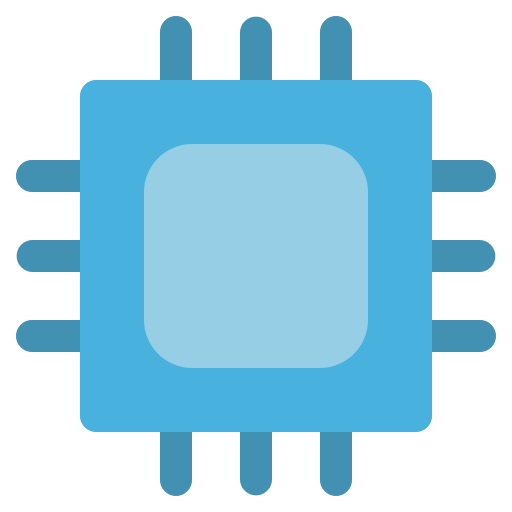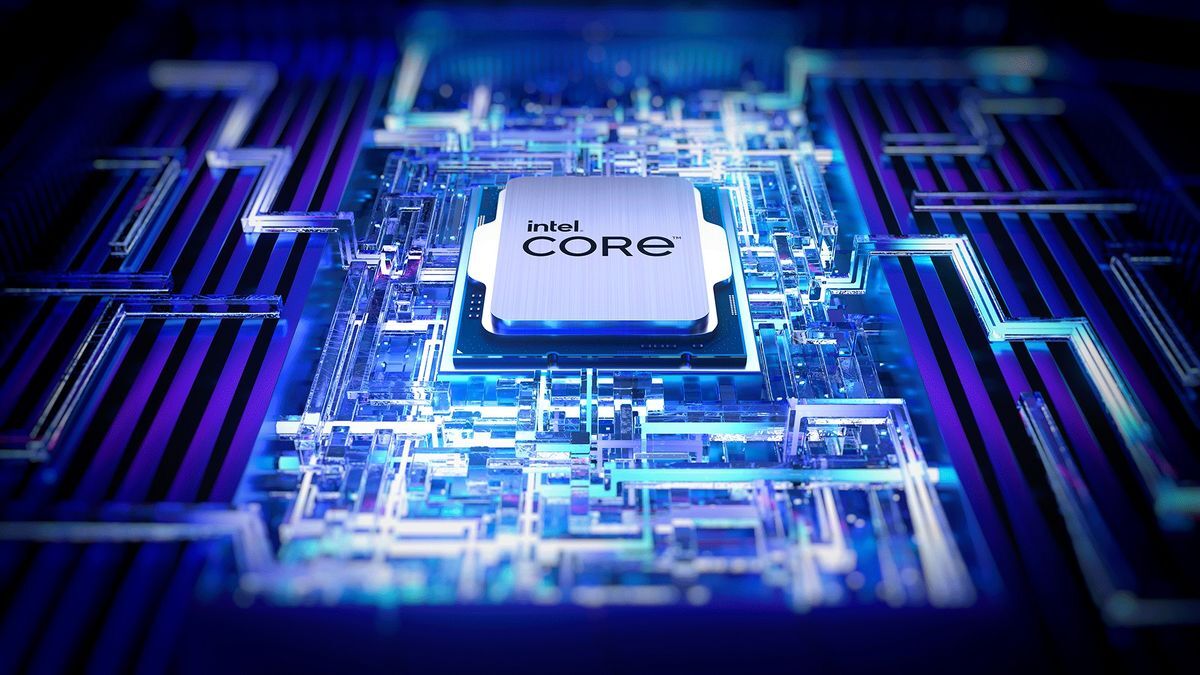

That gets in the way of corporations making money out of “normal market movements”. Its just supply and demand when companies do it, the moment the working class tries to do the same they find themselves getting punished. If its illegal its going to need to be illegal for companies too and this means governments have to start doing their job again and reigning in corporate criminality.








A rich country with poverty enforced on its people, the wealthy is only for a small select few. Which is why you don’t have healthcare and worker rights and everyone can afford to have a house, food and family. The presence of a rich guy that can spend this amount of a theme park says it all about the inequality in our societies, while other people starve to death he is making fun rides. Its a failure of many successive elections, the electorate is at fault.